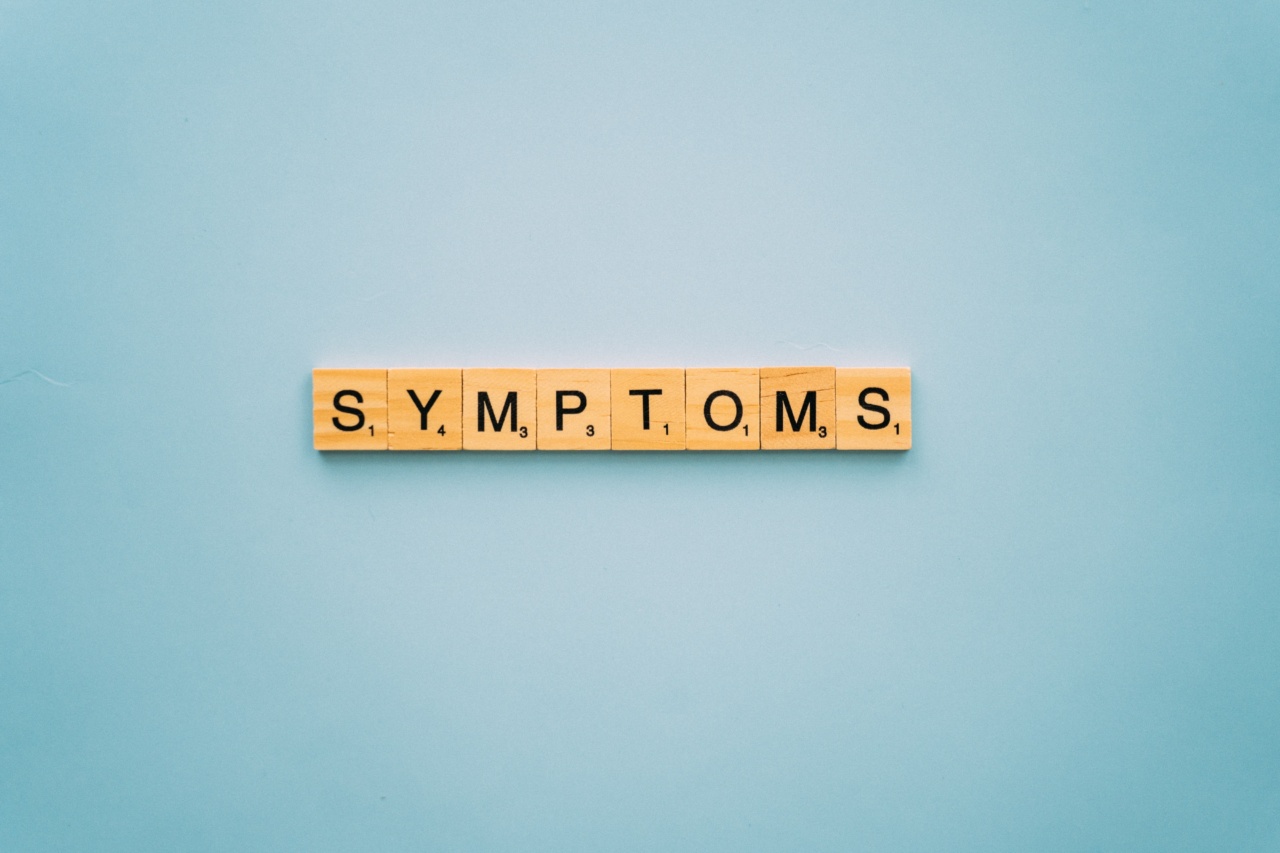Kidney stones are a common and extremely painful condition that has affected many individuals throughout the world.
The condition is caused by the accumulation of calcium deposits, uric acid, and other substances in the kidney, which can cause varying levels of pain and discomfort. Understanding the signs and symptoms of kidney stones can help individuals identify the underlying condition and take necessary steps to treat it.
1. Severe pain in the side and back
One of the most common signs of kidney stones is severe pain in the side and back. The pain can be so intense that it causes individuals to double over or writhe in pain.
The pain typically starts suddenly and can last for a few minutes to several hours, depending on the size of the stone and its location.
2. Painful urination and changes in urination patterns
Another common sign of kidney stones is painful urination and changes in urination patterns. Individuals may experience a burning sensation while urinating and may also notice that their urine is cloudy, murky, or contains traces of blood.
The level of discomfort usually varies depending on the size and location of the kidney stone.
3. Nausea and vomiting
Sometimes, individuals with kidney stones may experience nausea and vomiting as a result of intense pain. The feeling of nausea can be so severe that it causes individuals to lose their appetite and feel lethargic.
In some cases, vomiting can also occur, which can make the recovery process even more challenging.
4. Fever and chills
In rare cases, kidney stones can also cause fever and chills. The fever is typically low-grade and is a sign that the body is trying to fight off the infection.
The chills, on the other hand, are an indication that the body is in distress and is struggling to maintain a constant body temperature.
5. Fatigue and weakness
Individuals with kidney stones may also experience fatigue and weakness as a result of the condition. The feeling of fatigue can be so intense that it interferes with the individual’s ability to engage in daily activities.
The weakness can be due to a lack of appetite or the body’s inability to absorb nutrients efficiently.
6. Pain in the lower abdomen and groin area
Another common sign of kidney stones is pain in the lower abdomen and groin area. The pain typically manifests itself as a dull ache and can vary in intensity depending on the size and location of the kidney stone.
The pain can be so intense that it causes individuals to feel restless and unable to lie down comfortably.
7. Pain that comes and goes
Kidney stone pain can also come and go, depending on the movements and activities of the affected individual. The pain can be triggered by certain foods, stress, the consumption of alcohol, and even physical exertion.
Understanding what triggers the pain can help individuals manage the condition more effectively.
8. Blood in the urine
Another common sign of kidney stones is the presence of blood in the urine. The blood can be seen as small black or brown specks or can cause the urine to become a brighter red color.
The presence of blood in the urine is a sign that the kidney stone is causing damage to the urinary tract and needs prompt medical attention.
9. Frequent urinary tract infections
Individuals with kidney stones may also experience frequent urinary tract infections as a result of the condition.
The occurrence of UTIs can increase the pain and discomfort associated with kidney stones and can also make the recovery process more complicated. Treating the underlying condition can help reduce the incidence of UTIs.
10. Uneven urine flow and dribbling
Finally, individuals with kidney stones may experience an uneven urine flow and dribbling as a result of the condition. The uneven flow is due to the accumulation of the stone in the urinary tract, which can create an obstruction.
The dribbling is a result of the bladder’s inability to empty completely and can cause additional discomfort.






























